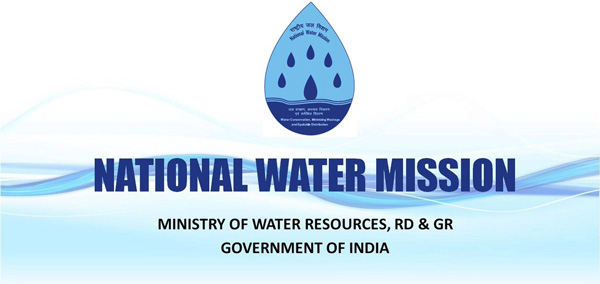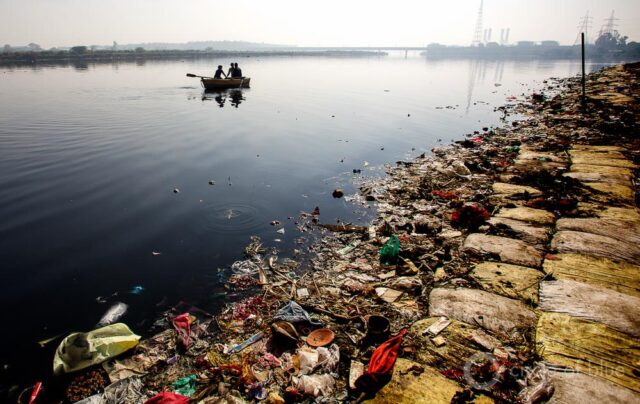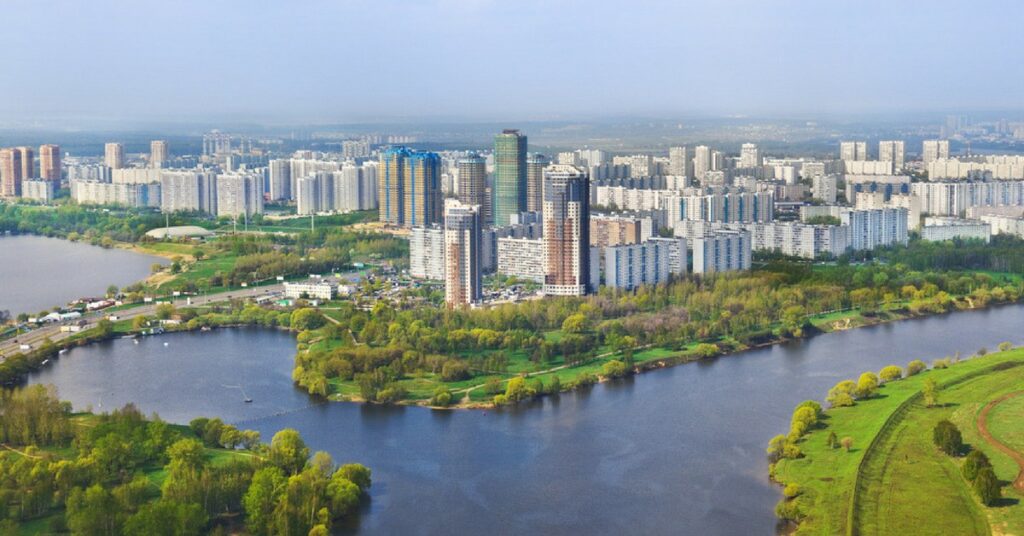National Water Mission

BTP Students: Sejal Kumar / Aysha Fazilath / Rahul Patwardhan / Vyshakh Dharan
Video Input: Utsav Rohilla / Nitin Yadav / Aditya Diundi
This OneVorld video talks about National Water Mission which is affiliated under the National Action Plan on Climate Change (NAPCC).
National water mission was launched in 2009 in India which aimed at developing a framework to increase water use efficiency by 20%. The overall objective is ”conservation of water, minimizing wastage and ensuring its more equitable distribution both across and within States through integrated water resources development and management”. The mission aims at the recycling of wastewater using modern techniques.
This project will be organized through Inter-Sectoral Groups in India including related Ministries, Ministry of Finance, The Planning Commission, Experts from industry, Academia, and Civil society.
The development of the overall framework includes recycling of wastewater, low-temperature desalination technologies, basin-level management strategies, new regulatory structures, expanding irrigation, recharging of underground water sources, drip, ridge and furrow irrigation.

